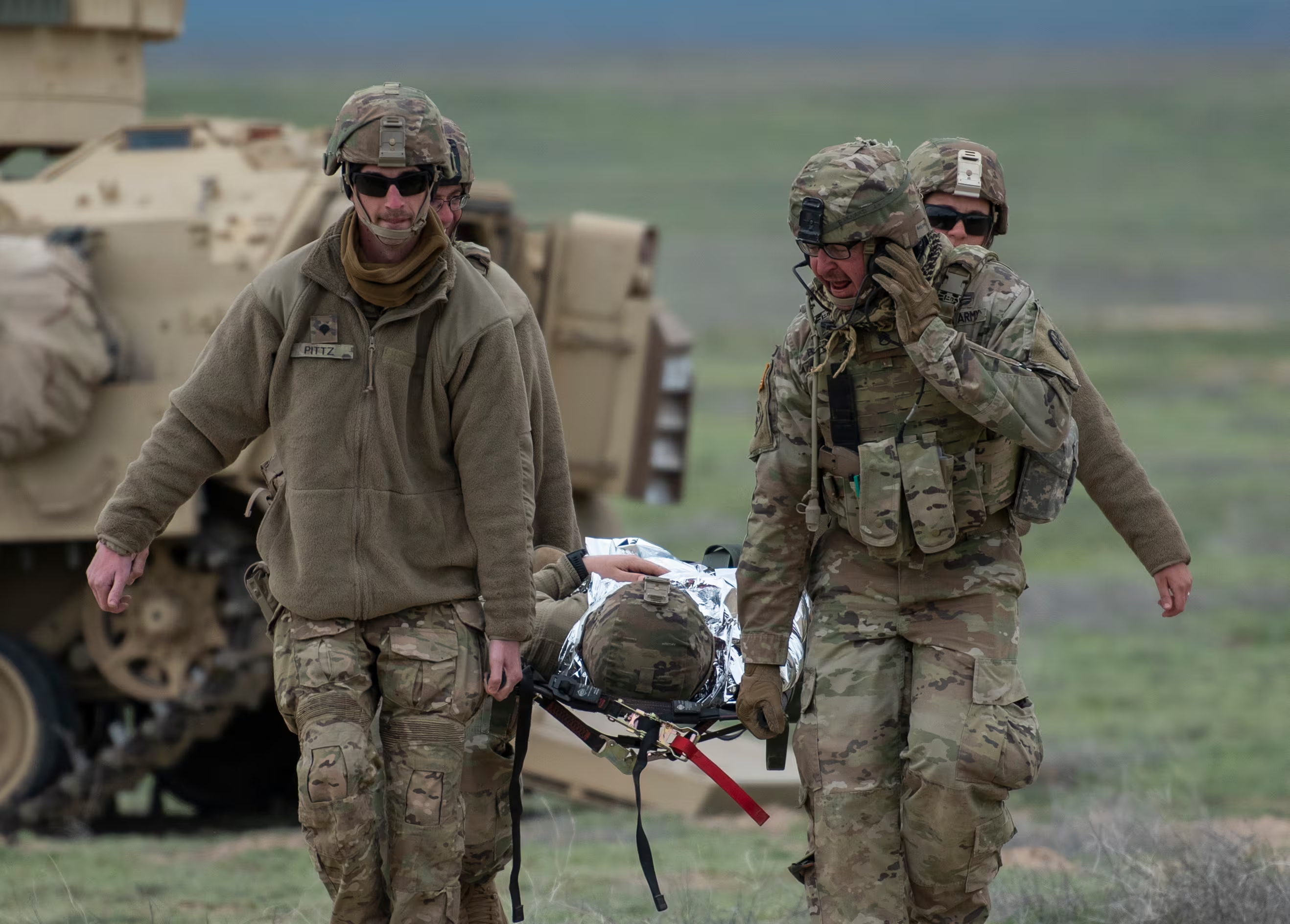Though Russia continues to pour troops into areas surrounding Ukraine, it still remains unready to carry out a full-scale invasion, according to the latest Ukrainian military assessment shared with Military Times.
“The Russian military contingent near the Ukrainian border is insufficient to carry out a large-scale armed aggression against Ukraine,” said the assessment, the second time in as many weeks Ukraine military officials made that judgment.
“The likelihood of more substantive escalation on the Ukrainian boarders as [of] today is viewed as low,” according to the Ukrainian Ministry of Defense.
There are now more than 136,000 Russian troops, including more than 115,000 ground forces, arrayed around Ukraine, according to the assessment. That represents an increase of about 6,000 ground troops in the last week.
The assessment comes as the U.S. announced it is sending 2,000 more troops to Europe and moving another 1,000 stationed in Germany closer to Ukraine. That’s in addition to 8,500 U.S. troops placed on heightened alert to be deployed in case of a further Russian invasion and any request by NATO.
RELATED
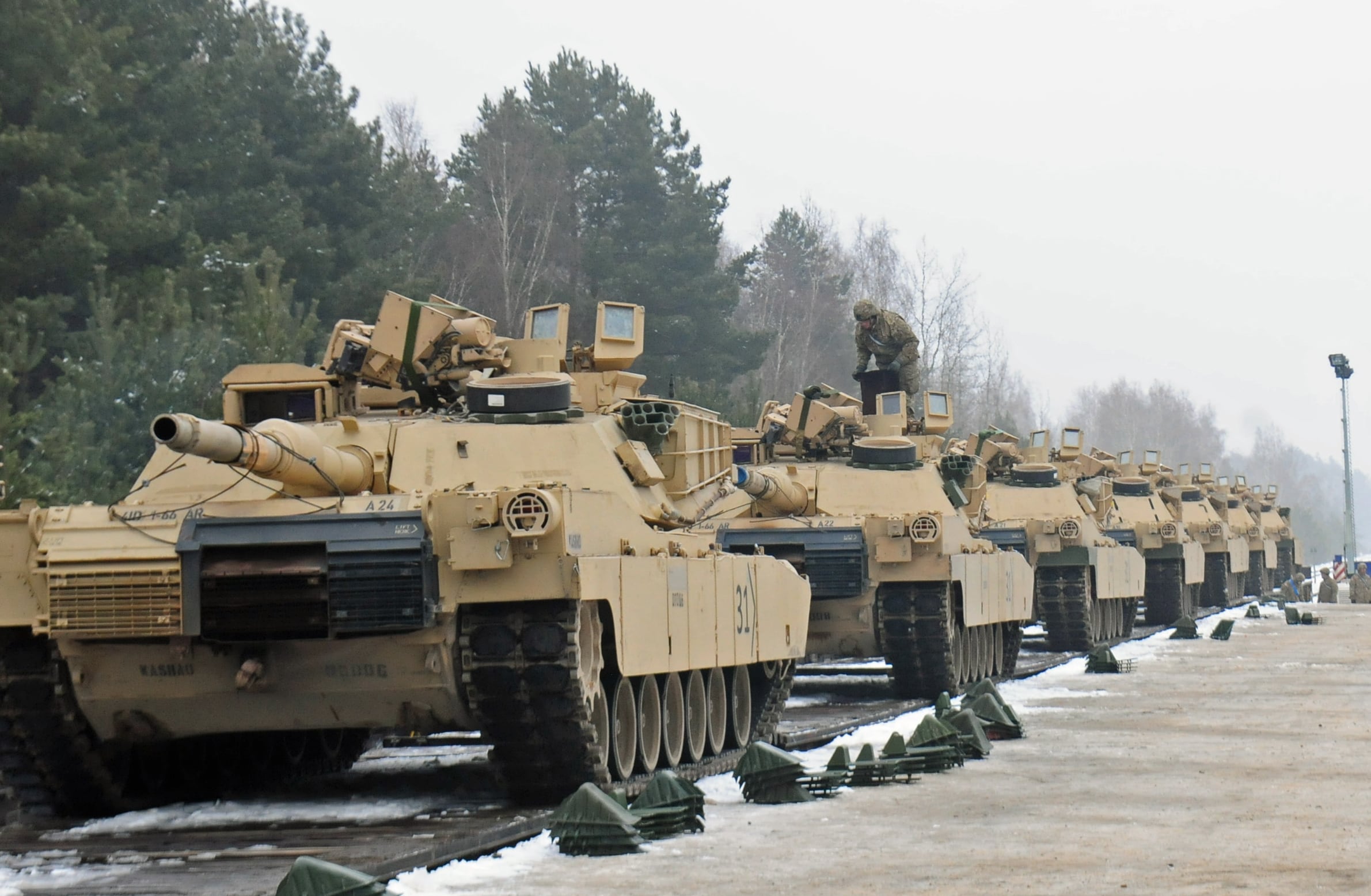
“We still don’t believe [Russian President Vladimir Putin] has made a decision to further invade Ukraine,” Pentagon spokesman John Kirby told reporters Wednesday. U.S. defense leaders warned Friday that Putin “clearly now has the ability” to have his forces invade Ukraine with “very, very little warning,” but that U.S., NATO and Ukrainian forces stand ready to respond if that happens.
NATO Secretary-General Jens Stoltenberg expressed concern Thursday about the significant movement of Russian military forces into Belarus, calling it “the biggest Russian deployment there since the Cold War.”
More high-level diplomacy was expected in Moscow and Kyiv amid deep uncertainty about Russia’s intentions. Ukrainian President Volodymyr Zelenskyy is hosting Turkish President Recep Tayyip Erdogan for talks in the Ukrainian capital. Russian President Vladimir Putin is expected to meet with his Argentine counterpart Alberto Fernandez in Moscow.
Zelenskyy has criticized the dire warnings of an “imminent” Russian invasion coming from the White House, and late last week urged calm.
“I don’t consider the situation now more tense than before,” the Ukrainian president told reporters Jan. 28. ”There is a feeling abroad that there is war here. That’s not the case.”
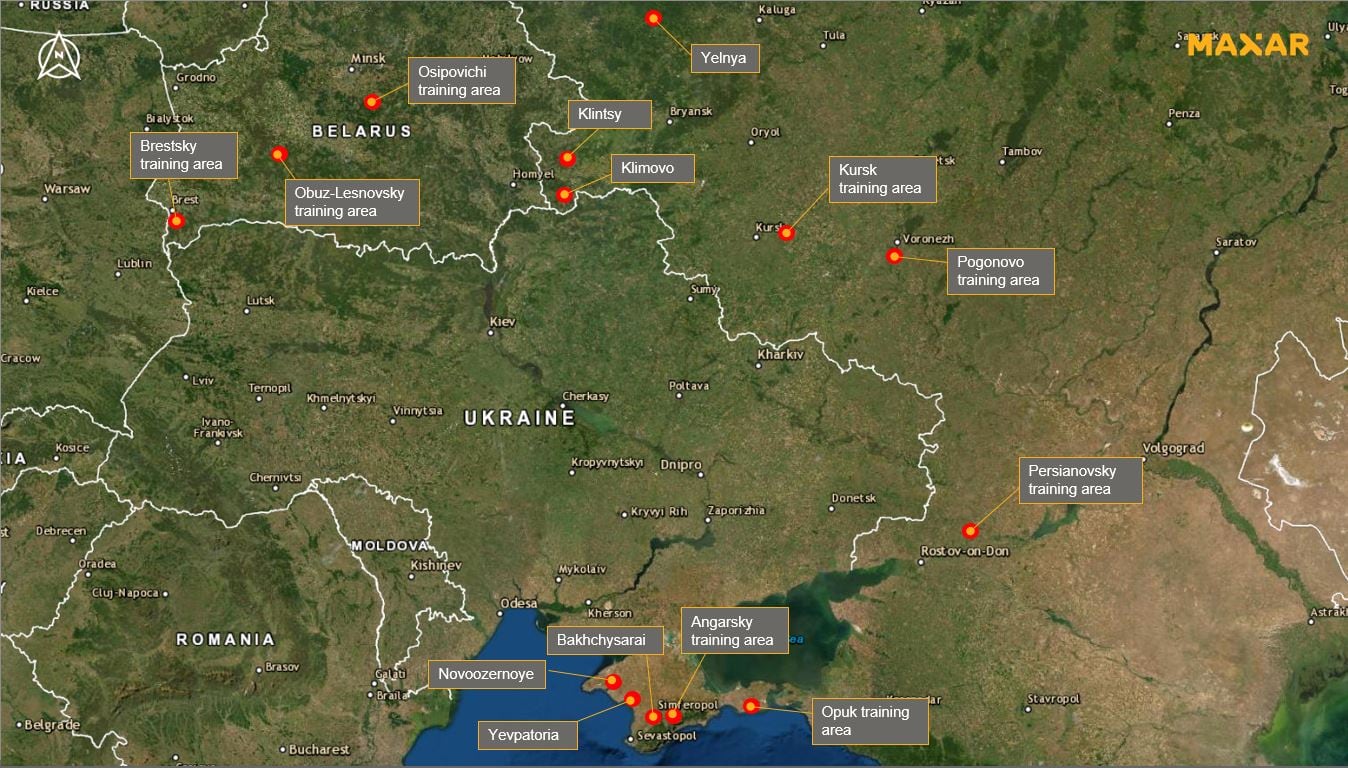
The Russian troop buildup now includes 67 Battalion Tactical Groups, according to the assessment. That is an increase of nine BTGs from the previous assessment and represents nearly 40 percent of such Russian units. There are about 170 BTGs operational in the Russian army today, Defense Minister Sergey Shoigu told the Tass news organization in August.
“A battalion tactical group is a temporary operationally flexible formation,” according to Tass. BTGs are “set up on the basis of a battalion and attached artillery, air defense, engineering and logistics support units for combat operations as part of motor rifle and tank brigades. Aviation groups, special operations forces and other units can also be attached to a battalion tactical group to accomplish assigned missions.”
Of these troops, there are now about 30,000 in Belarus, a Ukrainian military official told Military Times. It comes ahead of a joint Russian-Belarus training exercise called “Allied Resolve 2022.”
“The Russians have tested logistical connections from the far east to the western boarder of Belarus,” said the source, a Urkainian military official, speaking on condition of anonymity to share information. The Russians are bringing with them multiple launch rocket systems, Iskander short-range ballistic missile systems, tanks, armor personnel carriers and other wheeled transport, communications and electronic warfare systems as well as the S-400 anti-aircraft systems as part of a bilateral exercise with Belarus, the source said.
RELATED
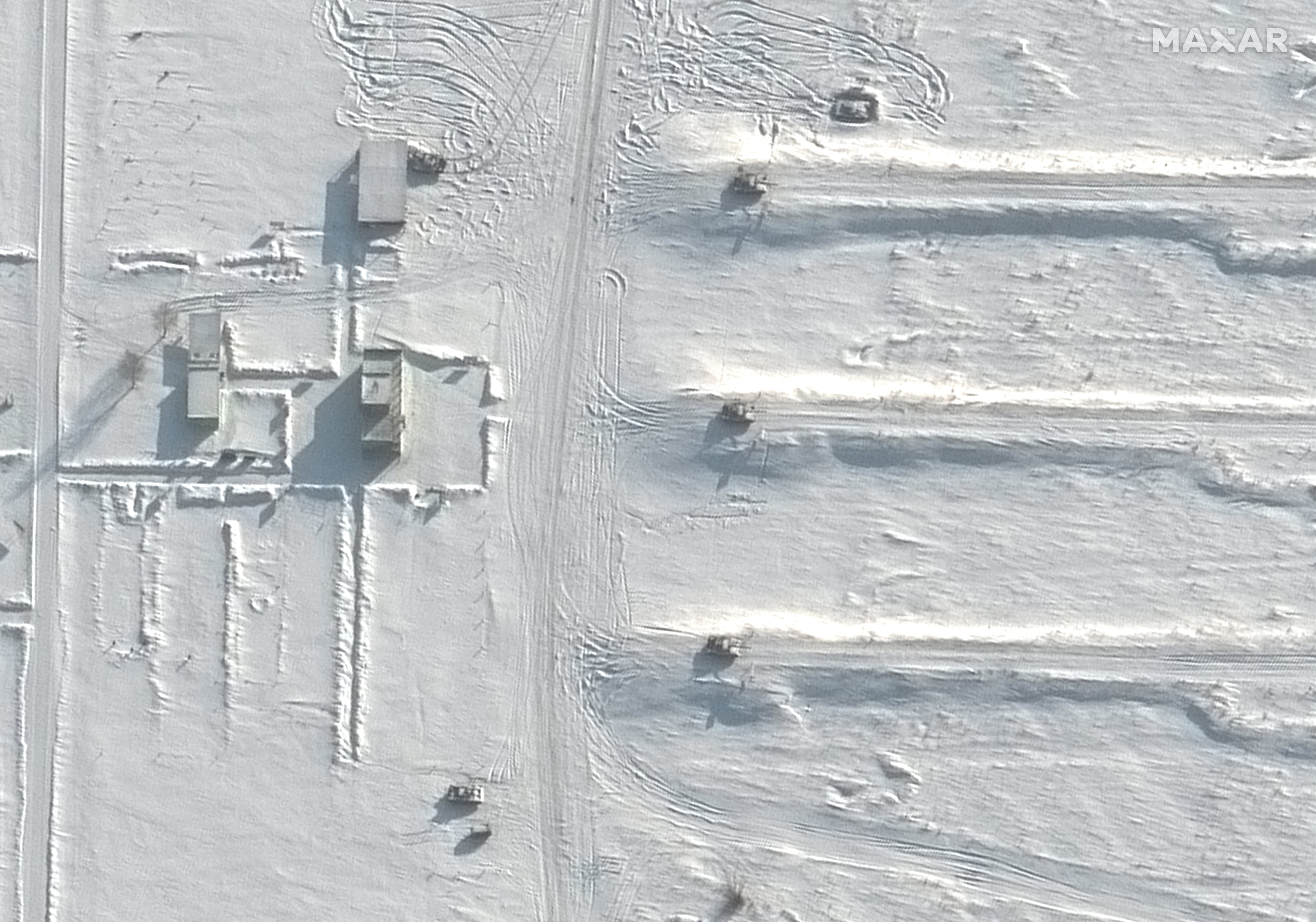
Russia’s troop buildup in Belarus involves more troops and military equipment than at any time in the past 30 years.
“So, we speak about a wide range of modern military capabilities. All this will be combined with Russia’s annual nuclear forces exercise, expected to take place this month,” Stoltenberg said.
Another three Ukrainian troops were wounded in the past week during 12 artillery attacks by Russian separatists, according the Ukrainian assessment. More than 14,000 people have been killed since Russia annexed Crimea and invaded eastern Ukraine in 2014.
Russian Defense Minister Sergei Shoigu arrived in Minsk on Thursday to check on preparations for major Russia-Belarus war games scheduled for Feb. 10-20. Shoigu met with Belarusian President Alexander Lukashenko. Speaking about the drills, Lukashenko said the goal was “to reinforce the border with Ukraine.”
At the same time, Belarus’ defense ministry accused Ukraine of violating the country’s airspace with a drone last month. The ministry summoned Ukraine’s defense attaché and handed him a note of protest over “frequent violations of the state border” of Belarus.
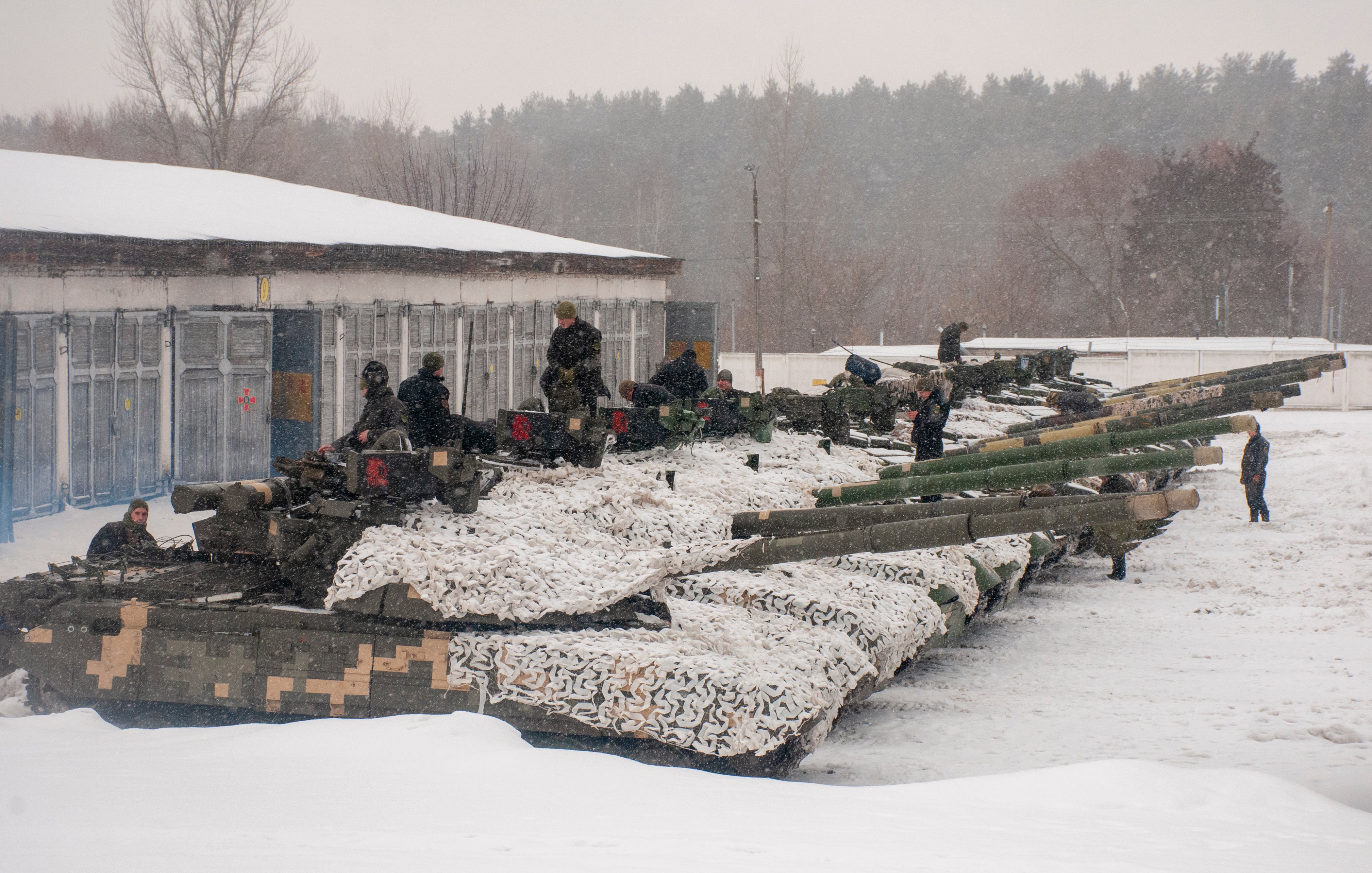
Kyiv rejected the allegation and accused Belarus of working with Russia to try to further unsettle Ukraine. “We call on Minsk to refrain from playing along with Russia’s destabilizing activities,” foreign ministry spokesman Oleg Nikolenko said on Twitter.
Stoltenberg called on Russia to “de-escalate,” and repeated warnings from the West that “any further Russian aggression would have severe consequences and carry a heavy price.”
NATO has no intention of deploying troops to Ukraine should Russia invade, but it has begun to reinforce the defenses of nearby member countries — notably Estonia, Latvia, Lithuania and Poland. The 30-nation military alliance also plans to beef up its defenses in the Black Sea region near Bulgaria and Romania.
Stoltenberg also welcomed President Joe Biden’s decision on Wednesday to send 2,000 U.S.-based troops to Poland and Germany and shifting 1,000 more from Germany to Romania, demonstrating to both allies and foes Washington’s commitment to NATO’s eastern flank.
“We are committed to finding a political solution to the crisis, but we have to be prepared for the worst,” Stoltenberg said, and he welcomed other recent offers of troops and equipment from several allies. Russia objects to the troop move and has described it as “destructive.”
Howard Altman is an award-winning editor and reporter who was previously the military reporter for the Tampa Bay Times and before that the Tampa Tribune, where he covered USCENTCOM, USSOCOM and SOF writ large among many other topics.

